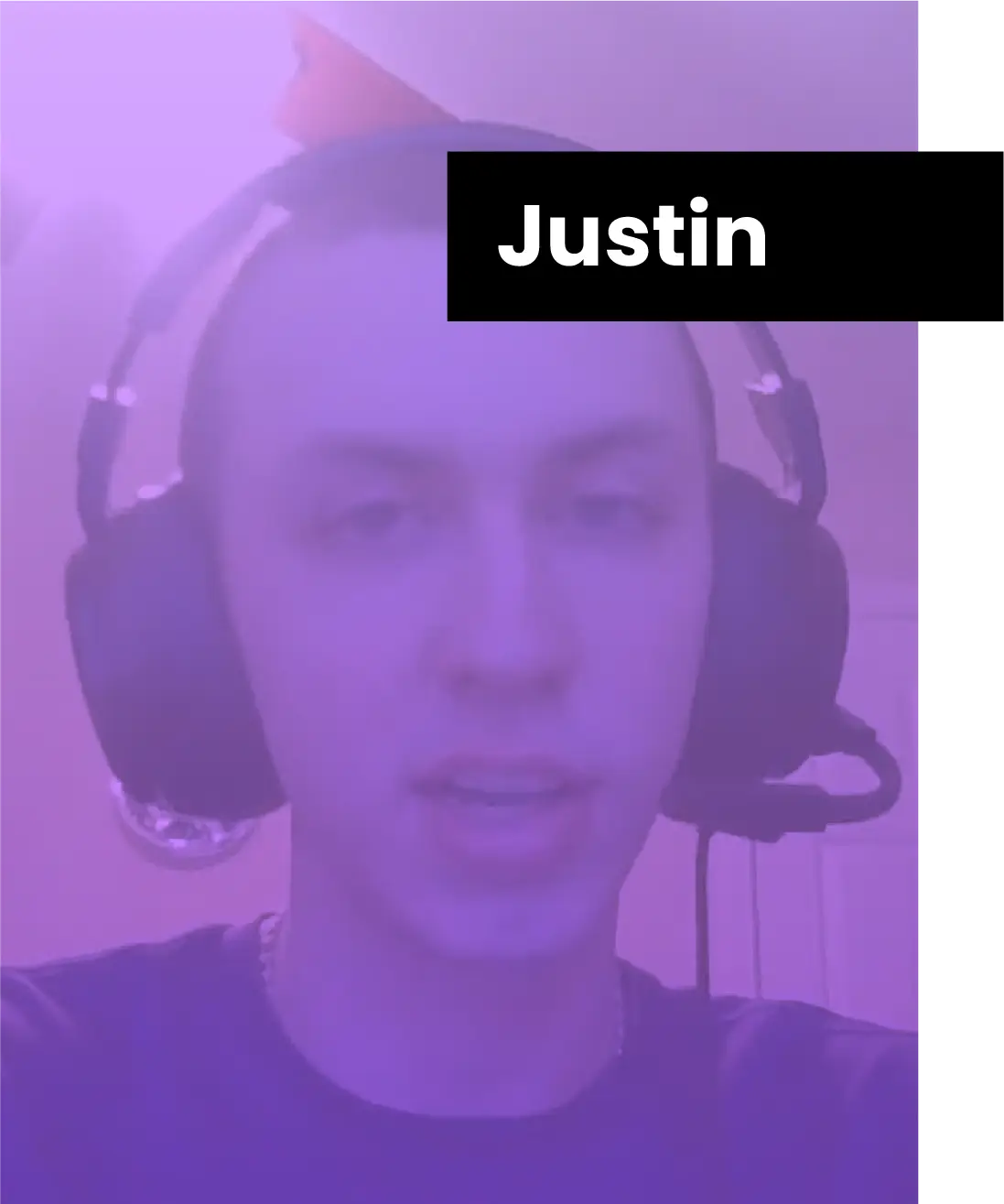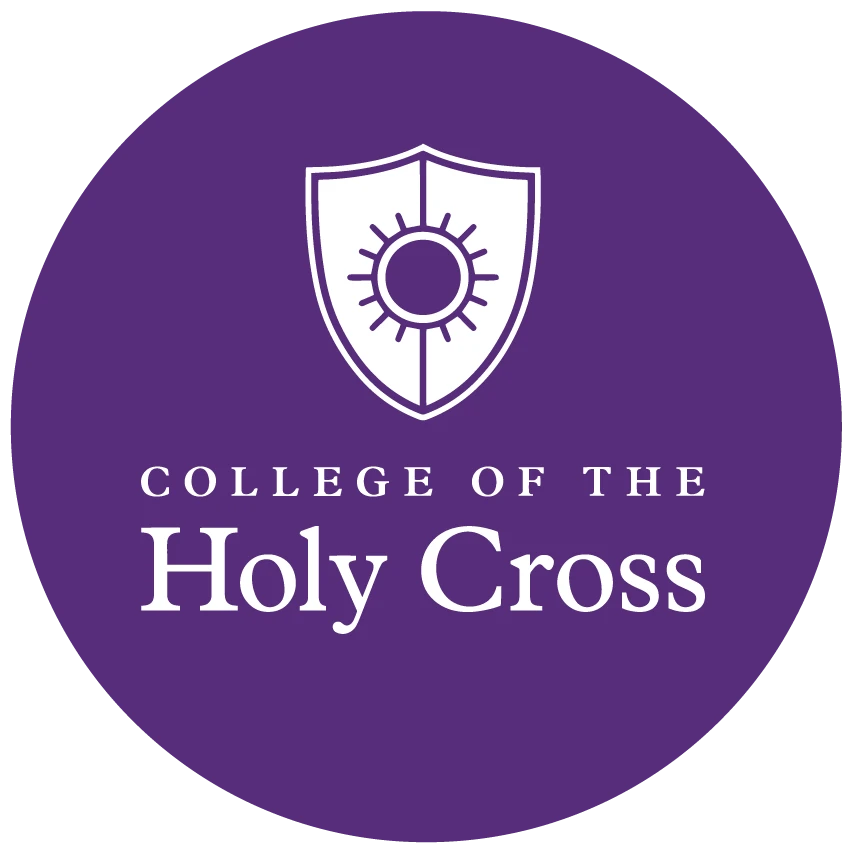Despite moving from an analogue to a digital system, it was clear that eligible students were not getting value from their accommodations. This, despite the fact that they cost her department around $60k per year.
‘Peer notes are unreliable on many levels’
Amy wasn’t just concerned with how peer notes were affecting her budget. She also knew that, even when students are using them, they’re unreliable.
• They’re often missing: students not submitting notes is a common occurrence, leaving gaps in provision.
• Styles don’t always match up: what works for one student’s notes won’t necessarily work for another.
• Peer note takers try to transcribe the content: because they’re paid, student note takers believed they had to capture everything from class, creating notes that held little value for peers
• They fail to build additional skills: peer notes create dependence and fail to assist students in building lifelong learning habits and skills.
‘Note taking is a very important skill’
Amy wants to build skills among her students that will help them through college and beyond. But with most of her students accessing peer notes throughout K-12 and into college, she knew that many hadn’t even begun to learn how to take good notes.
Traditional note taking presents barriers to students with disabilities. So what if there was a solution that lowered these barriers while scaffolding good note taking practice?
‘Glean allows students to develop good note taking skills’
Glean offered Amy a chance to overhaul an underloved system that was failing to deliver value for her students. But crucially, it also offered a first chance for many students to build note taking skills.
With its simple interface and structured process, Glean opens independent note taking up to students regardless of disability. And as Amy discovered, its unique features allow for a much more effective use of study time, in person and remotely.
"Going back and forth through 50 minutes of recording is tedious and time-consuming. So the ability to very quickly make effective use of time and go back and find that point to reinforce their notes and reinforce what they’re studying is such a great feature."
A campus-wide UDL tool
Glean’s introduction to Holy Cross is part of a larger project to make learning accessible for all at the point of delivery. Amy is passionate about Universal Design for Learning, and believes Glean can help achieve its primary goal.
"The best case scenario is we have universal design across the board and [learning is] accessible to all students, with and without disabilities, offering different learning profiles and preferences"
More from Case Studies and User Stories
View All
Glean: Supporting students with Multiple Sclerosis and their note taking challenges
In this article we look at Multiple Sclerosis (MS), a condition that affects the brain and spinal cord.
.png)
Assistive tech for all: Glean and the University of Huddersfield
Thanks to Glean, the University of Huddersfield's HudStudy programme is reaching more learners than ever with smart assistive tech.

Justin, the engager
Like many of us, Justin finds himself drifting off from time to time. He needed something to keep him rooted in his learning.







